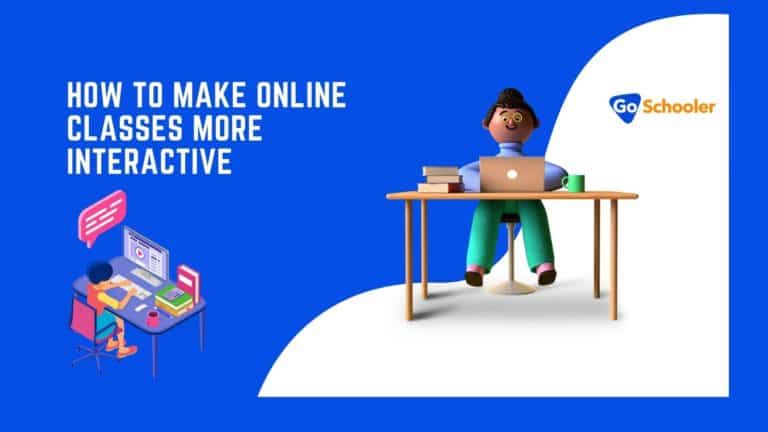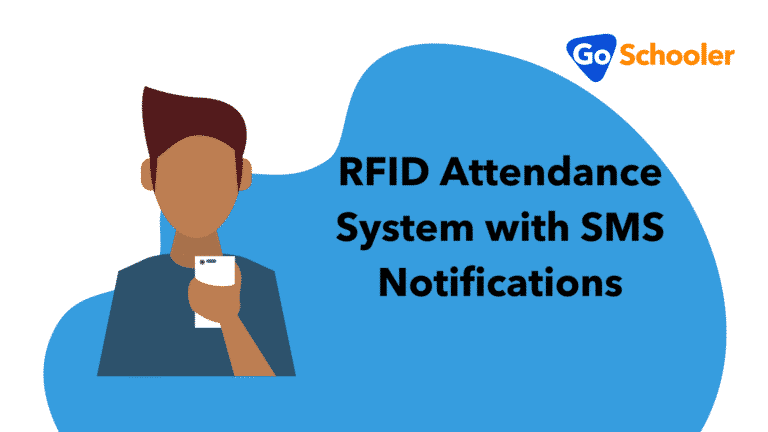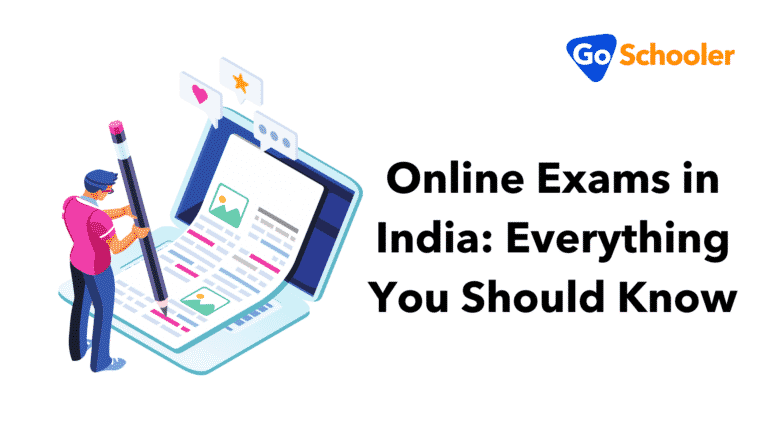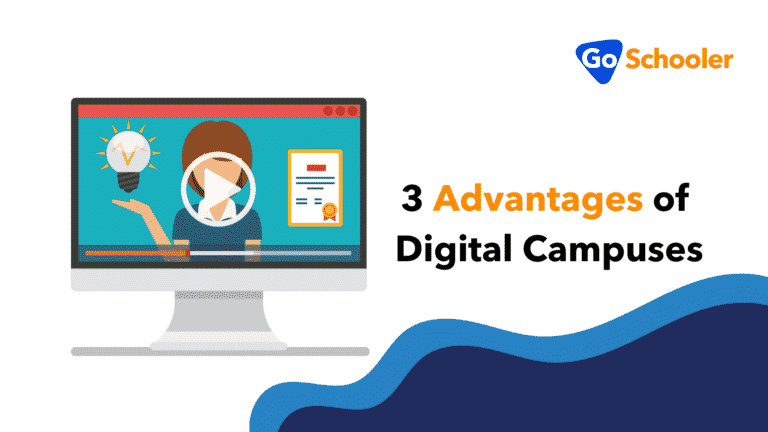Project-based learning is considered to be one of the most practical ways of teaching. So, in this article, we will discuss the following:
- What is project-based learning?
- What are the advantages of project-based learning?
- How to Integrate project-based learning into today’s virtual setup
The education sector is one of the most important and essential sectors in our society. Education shapes the kind of community that we are living in. That is why it is being upscaled continuously.
Through proper education, we learn how to solve basic life problems and create innovations. That is why different approaches in teaching or being incorporated into different educational systems.
One of the approaches in teaching that stays away from the traditional ways is project-based learning. So, let us define what is project-based learning and why it is an effective way of teaching.
What is Project-Based Learning and “Doing a Project”
Project-based learning is defined as a framework or model applied to the teaching process. Pupils will gain knowledge and new skills based on doing real-life challenges that address real-life problems or issues.
This type of learning is based on practical applications of the things that we learned inside the classroom. The assessment is not limited to written examinations. Instead of exam scores, the result or outcome of the project will be evaluated at the end of the learning period.
You are some of the core components in the project-based learning approach:
- Content knowledge and skills: project-based learning is highly dependent on what the children know. The difference is that this knowledge will be applied to real-life problem-solving.
- Student voice and choice: pupils under the project-based learning program or given the choice or freedom to tackle things the way they see appropriate.
- Collaboration: results or outcomes from project-based learning are not built by individual efforts. As we answer what is project-based learning we will shed light on how collaboration is strengthened in this approach.
These are just a few of the core components that revolve around project-based learning. Other components include employability skills encouraging feedback and community partnerships.
We are all familiar with school projects as one of the requirements in any grade level. However, the project-based learning approaches are different from these said projects.
Projects are usually just a part of the curriculum being taught to children. A project is usually just one part of the things that students need to complete as a requirement. It usually has no real-world application and it’s just done for grading.
However project-based learning goes beyond being a small part of the curriculum. The whole curriculum of the children will be based on the outcome or project that is assigned. The learning course of the whole. would contribute to how the project will be carried out.
Characteristics
Rigorous
Since the beginning of the discussion of what is project-based learning, it was mentioned that this approach requires practical application of knowledge and skills. Unlike other approaches like rote learning, project-based methods evaluate how a child applies academic content in other aspects of life.
Project-based learning starts with inquiry. This inquiry leads the child into critical thinking using their academic knowledge. This would then lead them into the process of developing solutions and address the problem at hand. The process, though rigorous, is an effective learning method.
Interdisciplinary
One description that is always attached when the question “what is project-based learning?” is interdisciplinary. This approach cannot be carried out using one discipline or subject. It is composed of multiple sciences integrated together to be able to solve real issues.
This way, children will be trained to use different concepts and ideas to address problems and further contribute to society.
Student-centered
In this method of teaching, the role of the educator would be redirected. In the traditional setting, teachers are content-givers, in this method, they will be project facilitators or managers. This will give the students to work more independently.
Advantages
Now that we know what is project-based learning and its characteristics, let us shed light on its advantages. These advantages are reasons why project-based learning is one of the most effective methods of learning in today’s time.
More Engagement
As mentioned, this approach is student-centered. It gives students autonomy over their learning. So, these children will be forced to be engaged in this journey as progress can only be achieved if they work.
They will be more independent as teachers will act as project managers instead of spoon-feeding the children.
Develop Employability Skills
Employability skills are also referred to as 21st-century skills. These skills are the collection of life skills, knowledge, habits, and attitudes that are important to be successful in today’s society.
Here are some of the most common 21st-century skills that can be developed through project-based learning:
- Critical thinking
- Creativity
- Communication skills
- Problem-solving and innovation skills
- Information literacy
- Community Awareness and social skills
These traits are all practiced and honed as children try to finish project-based learning.
Time Management
Children will also learn how to manage their own time and project-based learning. Outputs will be laid out at the beginning of the school. Giving them one goal in mind. As mentioned above teachers will serve as mere facilitators of this whole process.
Tasks and time allocation will be solely dependent on the students’ decisions. Aside from promoting collaboration among peers, it will also teach them how to manage their own time to be able to meet the demands of the curriculum.
Time management is not only important for schedule keeping but also for high-quality results to be insured. Proper time allocation can help students smoothly do the project and finish it on time.
FAQs
Is project-based learning possible in today’s set up?
How is project-based learning different from competency-based learning?
Key Takeaways
As we have already defined what is project-based learning, this method is undoubtedly an effective way for children to learn practical life skills.
Project-based learning is focused on one goal while integrating different disciplines in the process. Not only will this help children be more independent, but also help them develop skills that they will surely need after schooling.
This approach when integrated with other innovations such as school management software children.







